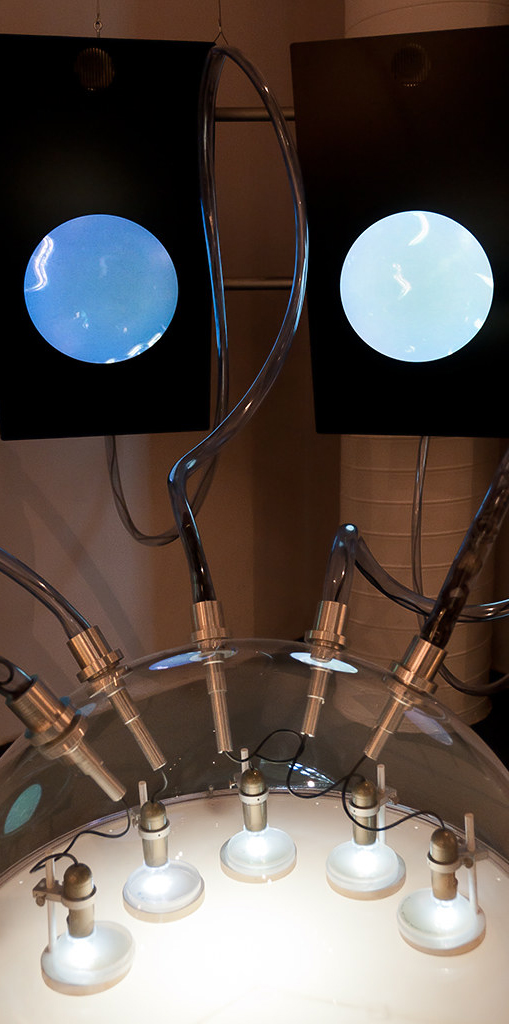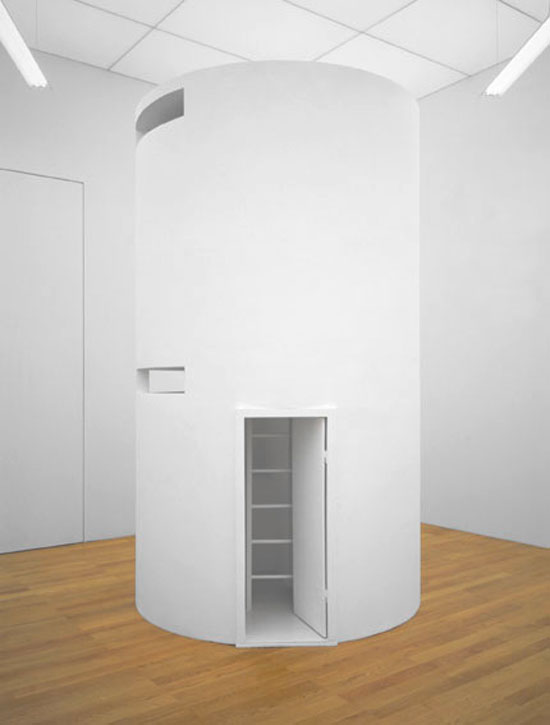
MATTHIJS MUNNIK
Microscopic Opera
Les micro-organismes peuvent-ils aussi être des artistes? Comment notre relation à ces créatures change-t-elle, après qu’elles sont vues dans un contexte artistique et théâtral? À la recherche d’un micro-organisme qui aurait les qualités d’un interprète, j’ai été présenté à C. elegans; un petit ver, de moins d’un millimètre de longueur, qui se déplaçait aussi élégant que son nom l’indique et la première créature à avoir séquencé tout son génome. J’ai été intrigué lorsqu’un chercheur m’a dit que, pour distinguer les vers au microscope, il utilisait différentes mutations qui modifiaient la façon dont ils se déplaçaient. Certains se déplacent en spirale, d’autres ont roulé ou ont des contractions et certains sont devenus morbides obèses à cause de leurs mutations. Dans mon installation, j’ai cinq boîtes de Pétri remplies de cinq vers mutés différents, chacun se déplaçant légèrement différemment. Ces cinq groupes d’interprètes sont filmés avec un microscope USB diffusé en direct sur les cinq écrans. J’ai écrit un logiciel spécial qui suit les vers et traduit leurs mouvements en sons, faisant d’eux les interprètes non avertis de la musique dans le monde macroscopique au-dessus de leurs têtes. Alors que les chercheurs sont presque comme des dieux pour ces vers impuissants, les contrôlant de leur première à leur dernière division cellulaire , j’espérais donner aux vers le pouvoir de nous affecter également dans notre monde.






